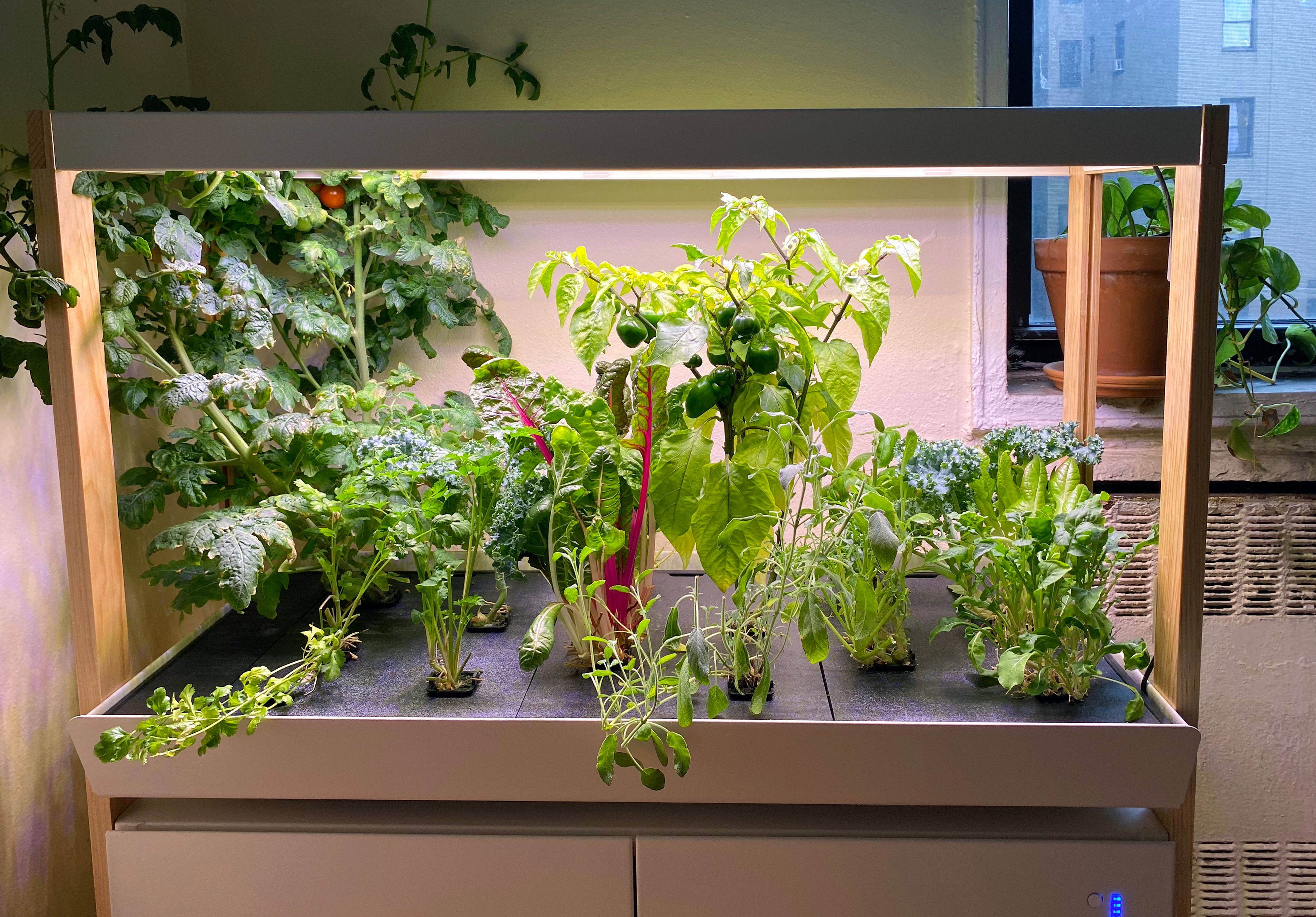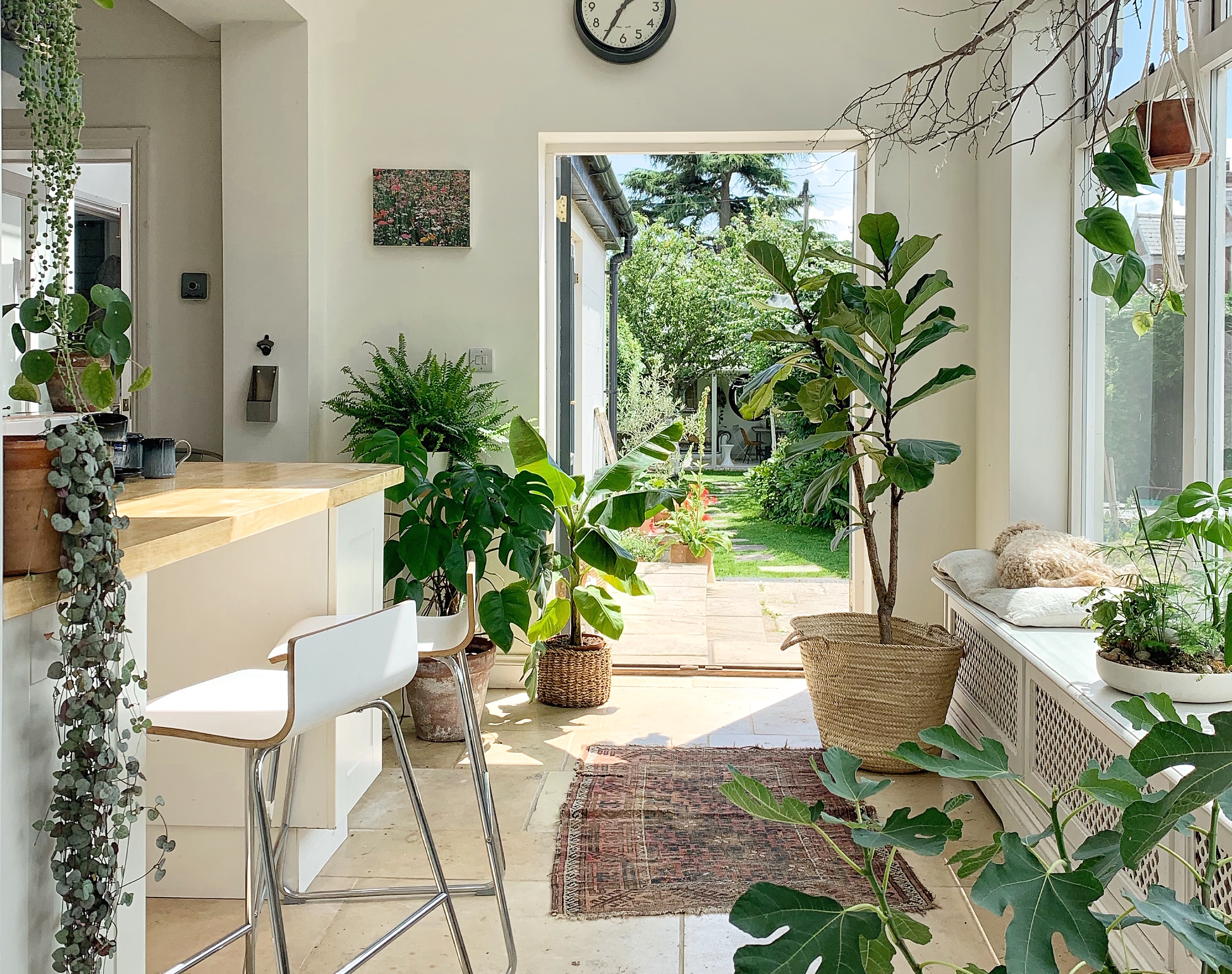Indoor Gardening Made Easy: Your Friendly Guide to Thriving Green Spaces

When I first started indoor gardening, I thought a sunny window and a few pots would guarantee lush basil and thriving spider plants. Instead, I got leggy stems, gnats in the kitchen, and the humbling realization that growing plants indoors is equal parts art, science, and a little bit of grit. Over the last decade—through rental apartments with radiator heat, a basement studio with one window (facing north, of course), and even a bathroom shelf experiment—I’ve gathered more hard-won lessons than any “quick-start” guide ever hinted at.

This article is my attempt to hand over every trick, secret shortcut, and “don’t do what I did” warning I wish someone had given me when I started out. It’s not just about keeping plants alive; it’s about turning your home into an ecosystem you actually enjoy tending—and knowing how to fix things when they go sideways.
1. Redefining Indoor Gardening: What Most Guides Don’t Tell You
Indoor gardening isn’t just about squeezing pots onto windowsills or collecting succulents for Instagram likes. It’s about sculpting your environment so both you and your plants thrive—even if your “outdoor space” is three feet of kitchen counter.
Why Bother?
For me, indoor gardening became a kind of therapy after long workdays—a living antidote to fluorescent lights and screen time. But beyond stress relief:
- Fresh harvests—even a handful of chives can transform dinner.
- Cleaner air—my allergy symptoms dropped after filling my workspace with peace lilies.
- Personal sanctuary—nothing beats the hush of early morning watering before emails start pinging.
The real magic happens when you stop copying Pinterest trends and start matching plant choices to your actual space—and habits. My first year was full of failed attempts at “trendy” fiddle leaf figs (they hate cold drafts) before I found joy in low-maintenance pothos trailing from curtain rods.
2. Fundamentals: The Golden Rules Nobody Tells Beginners
A) Light Isn’t Optional—It’s THE Deciding Factor
I used to think more water or fertilizer could save struggling leaves. Truth? If you get light wrong, nothing else matters.
- South-facing windows are pure gold: Twelve years in rentals taught me these spots grow almost anything edible.
- East/west windows: Great for morning/afternoon sun lovers like herbs or monstera.
- North-facing: Accept their limits—think snake plant or ZZ plant only.
Insider trick: Use your phone camera around noon; if photos look bright without harsh glare, it’s likely good enough for most houseplants. For edibles? Supplement with LED grow bars (I prefer Barrina brand for affordability).
B) Containers & Drainage: The Silent Killers
Nothing killed my confidence faster than root rot from cute ceramic pots with no holes.
Now: every decorative pot gets drilled or used as an outer cachepot only.
Experiment gone wrong: In 2017 I tried double-potting mint in a solid copper planter… By week three it smelled like swampy socks. Lesson? Always let excess water escape!
C) Soil Mixes: Why “Dirt Is Dirt” Is False
Cheap garden soil suffocates roots indoors; trust me—I watched seedlings stall out until switching to lightweight mixes.
- Edibles/ornamentals: FoxFarm Ocean Forest is pricier but saved dozens of my plants from fungus gnat infestations compared to bargain brands.
- Succulents/cacti: Add perlite or coarse sand by the handful for extra drainage.
- Hydroponics: Skip soil entirely; use clay pebbles (LECA) for clean roots.
D) Water Smarter—Not More
My biggest rookie mistake? Watering on schedule instead of checking each plant’s actual needs.
- Stick your finger in an inch deep; dry? Water slowly until it drips out below.
- Overwatered once? Let soil dry completely before trying again.
- Underwatering shows up as crisp tips—especially on peace lilies and ferns (I’ve lost count how many times this happened early on).
E) Humidity & Temperature: Mimic Your Plant’s Homeland
Winter in apartments means Sahara-dry air; tropicals droop fast unless grouped together above trays filled with pebbles + water (not touching pot bottoms).
My $12 digital hygrometer has paid for itself ten times over by warning me before crispy leaf tips appear.
F) Feeding: Why Less Is More
I once scorched an entire tray of lettuce seedlings with overzealous fertilizer (“double-strength must be better!”). Now:
- Liquid feed at half-strength monthly during spring/summer only.
- Hold off completely October–February unless using grow lights for active growth.
3. Step-by-Step Blueprint for Any Space or Schedule
Here’s how I’d help you set up from scratch—even if you’re working with one window and zero experience:
-
Clarify Your Goal
- Quick herbs vs jungle vibes?
- Decorative vs edible?
- No shame starting small! My first success was literally two mint cuttings in recycled yogurt cups.
-
Audit Your Light
- Stand at each spot midday; check shadow sharpness (crisp = high light).
- Download Lux Light Meter Pro app ($3 well spent)—aim for 10k+ lux for tomatoes/herbs, 1–5k lux for shade lovers.
-
Pick Proven Beginner Plants
- My “never fail” trio: pothos (for anywhere), mint (bright kitchen), snake plant (neglect-tolerant).
- If pets roam free: spider plant or parlor palm are safest bets.
-
Gather Smart Supplies
- Drainage-hole pots only!
- Pre-mixed potting medium + perlite bag (add 10% extra if you tend to overwater).
- Clamp-on LED grow lamp if windows are limited ($20–40 investment that doubled my winter basil yields).
- Budget hack: thrift stores often have old terracotta pots under $2 each—just scrub them clean first!
-
Plant With Care
- Loosen packed roots gently (“tickle” them apart).
- Fill around root ball lightly—not jammed tight!
- Water thoroughly once potted up—but don’t drown them waiting “just in case.”
-
Build Easy Habits Early
- Sunday evening = “plant check” ritual
- Spin each pot so they grow evenly toward light source
- Wipe dust off large leaves monthly
- Take quick phone pics every few weeks—you’ll see progress even when it feels slow
- Sunday evening = “plant check” ritual
-
Expect Some Losses
Every seasoned gardener has their graveyard drawer of lost tags and failed cuttings! My own “hall of shame” includes four dead rosemary bushes before discovering they need near-desert conditions indoors.
4. Avoidable Pitfalls That Took Me Years To Learn
Mistake #1: Treating All Plants Alike
Water routines shouldn’t be universal—even among similar-looking greens! Basil drinks daily under LEDs; snake plant survives two weeks forgotten behind the couch.
Mistake #2: Skipping Drainage Checks
If there’s no way excess water escapes… expect trouble within months (or sooner during winter!)
Mistake #3: Ignoring Early Pest Signs
The day you spot tiny gnats hovering is not the day they arrived—it’s usually weeks later! Sticky traps plus neem oil spray squashed my worst outbreak in 2020 after losing two calatheas to root rot + larvae.
Mistake #4: Fertilizing When Plants Aren’t Growing
If days are short/cold—or leaves aren’t pushing new growth—skip feeding entirely.
Mistake #5: Overcrowding New Arrivals
Quarantine new purchases for two weeks away from established collections—I learned this rule after watching spider mites spread through six windowsill herbs because I couldn’t resist crowding them all together right away.
5. Level-Up Strategies After Year One
Ready to move past survival mode?
A) Modular Lighting Setups
I mounted Barrina LED strips under IKEA shelves last January—tripled my seedling success rate versus relying on cloudy city winters alone.
Timer plugs ($8 at hardware stores) mean no more forgetting when to switch lights off/on.
B) Self-Watering Hacks
DIY wick systems using cotton rope + glass jars kept all my ferns alive through two summer getaways without so much as a wilted frond.

C) Hydroponics Without Headaches
Countertop AeroGarden kits sound gimmicky but delivered weekly salads even when outdoor temps hit single digits.
D) Vertical Gardens
After running out of floor space, wall-mounted fabric pockets let me turn our laundry room into a strawberry patch—all watered via one drip line threaded along the top row.
E) Propagation Fun
Take cuttings whenever trimming pothos/coleus—they root easily in old glass jars atop sunny sills.
6. Favorite Tools & Resources From Years Of Trial And Error
| Tool | Real World Value | Lessons Learned |
|---|---|---|
| Terracotta/Plastic Pots | Reliable drainage | Terra cotta dries fastest—a plus if overwatering prone |
| LED Grow Bars/Panels | Consistent results winter/spring | Clamp-on types fit anywhere |
| Digital Moisture Meter | Stops guessing games | Trust but verify with finger test too |
| Sharp Pruners | Clean cuts = less disease spread | Disinfect between sick/infected plants |
| Neem Oil Spray | Essential against pests/fungus | Test on one leaf first |
Apps worth downloading:
- Planta App—for reminders tailored to YOUR collection
- PictureThis—for instant pest/disease ID
Online groups that saved me countless headaches: - Reddit r/houseplants/r/IndoorGarden
- Local Facebook swap groups—for trading cuttings/seeds
7. Real-Life Examples Where Theory Meets Reality
Case Study – The Windowless Kitchen Rescue
In our last apartment, not one window faced south—but clamp-on LEDs turned an unused countertop into basil/mint harvest central all winter long.
Case Study – Office Desk Oasis
Switching from tap water (chlorine-laden!) to filtered pitcher revived yellowing parsley within ten days—and earned jealous glances from coworkers who’d written theirs off as doomed.
Case Study – Vacation-Proof Planters
Grouping all humidity-loving ferns/spider plants above pebble-filled trays meant returning from weeklong trips without any casualties—a feat unthinkable those first few years!
Case Study – Tiny Tech Hydroponics
A friend squeezed a six-pod hydro kit under her loft bed; now she harvests fresh greens weekly despite east-facing brick walls blocking natural sun year-round.
8. Troubleshooting Table From Experience—not Textbooks
| Symptom | Likely Cause | Insider Fix |
|---|---|---|
| Yellow Leaves | Overwatering/light/fertilizer | Check soil moisture then adjust light/feed |
| Drooping/Wilted | Underwatering/root issues | Inspect roots & repot if mushy |
| Brown Leaf Tips | Low humidity | Group together/add pebble tray |
| Tiny Flying Bugs | Fungus gnats | Dry topsoil/use sticky traps/neem flushes |
| White Mold On Soil | Poor airflow/high humidity | Increase circulation/thin crowded areas |
NEVER panic at first sign—a few tweaks catch most problems early.
9. Implementation Plan You Can Actually Follow
Here’s how I’d walk any beginner—or myself starting fresh—into lasting success:
1️⃣ Claim ONE dedicated spot with reliable light/grow lamp—not scattered throughout house yet
2️⃣ Start with THREE forgiving plants matched to that spot’s conditions (+ pet safety needs)
3️⃣ Use ONLY containers w/drainage holes + quality pre-mixed soil blend
4️⃣ Space newcomers out while monitoring health/growth closely
5️⃣ Set fixed weekly check-in time—for watering/leaf wiping/pest inspection
6️⃣ Snap photos monthly—you’ll appreciate subtle progress later!
7️⃣ Join ONE online/local group—for crowd-sourced support/advice/troubleshooting
10. Next Steps: Growth Mindset For Green Thumbs
No matter how many articles promise perfection, true mastery comes through repeated trial/error—and being gentle with yourself along the way.
Want bigger challenges?
– Try propagating difficult species;
– Build custom shelving/light arrays;
– Experiment with hydro/aquaponics setups;
– Volunteer at community gardens or join local workshops;
Above all else? Celebrate wins AND losses equally—they’re both proof you’re learning by doing rather than just reading about it!
Whenever frustration creeps in—or something wilts unexpectedly—circle back here for perspective…or jot down what went wrong/right so next time goes smoother.
May your home fill steadily with green life that matches YOUR style, schedule…and patience level! Happy growing 🌱



